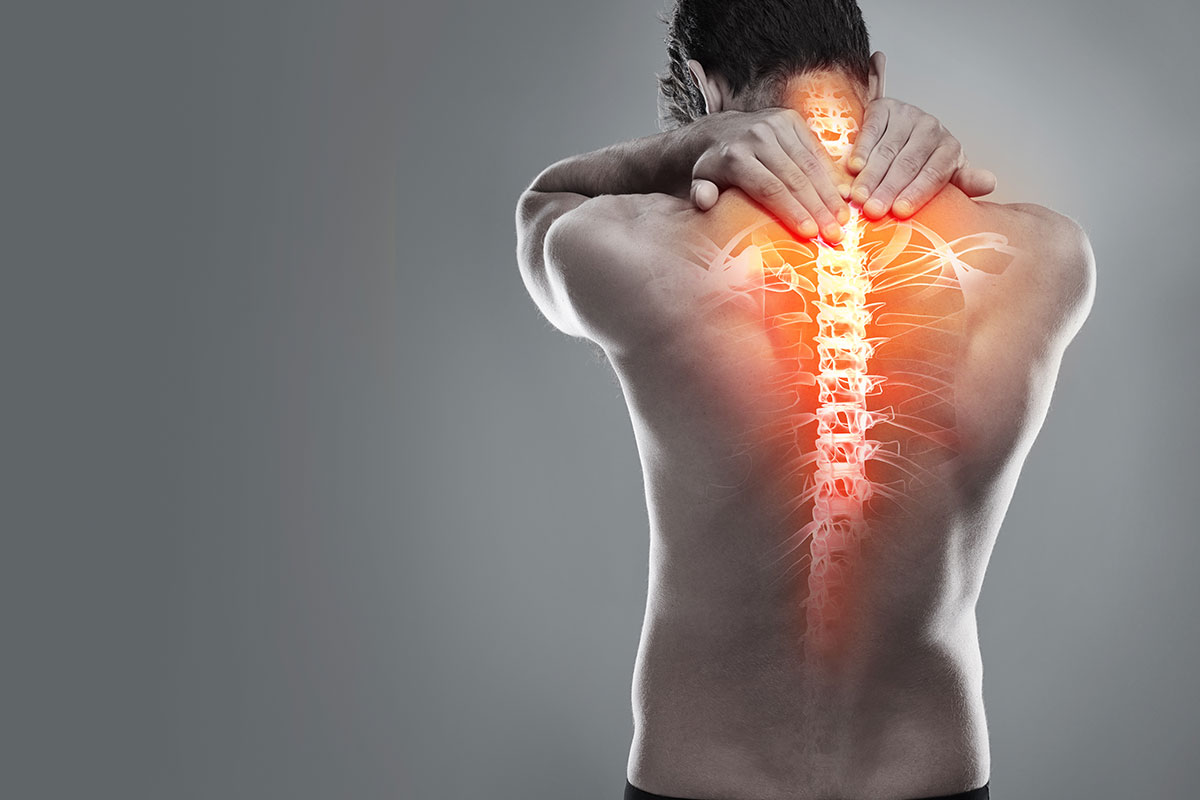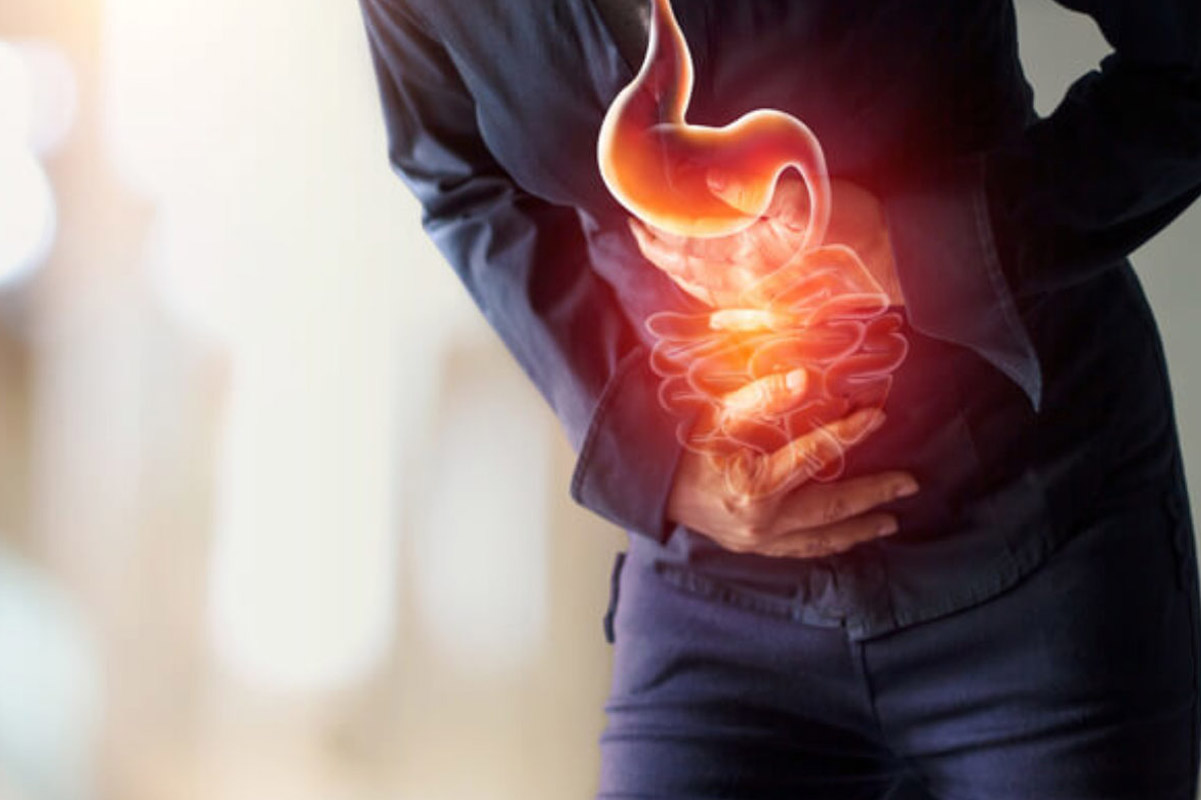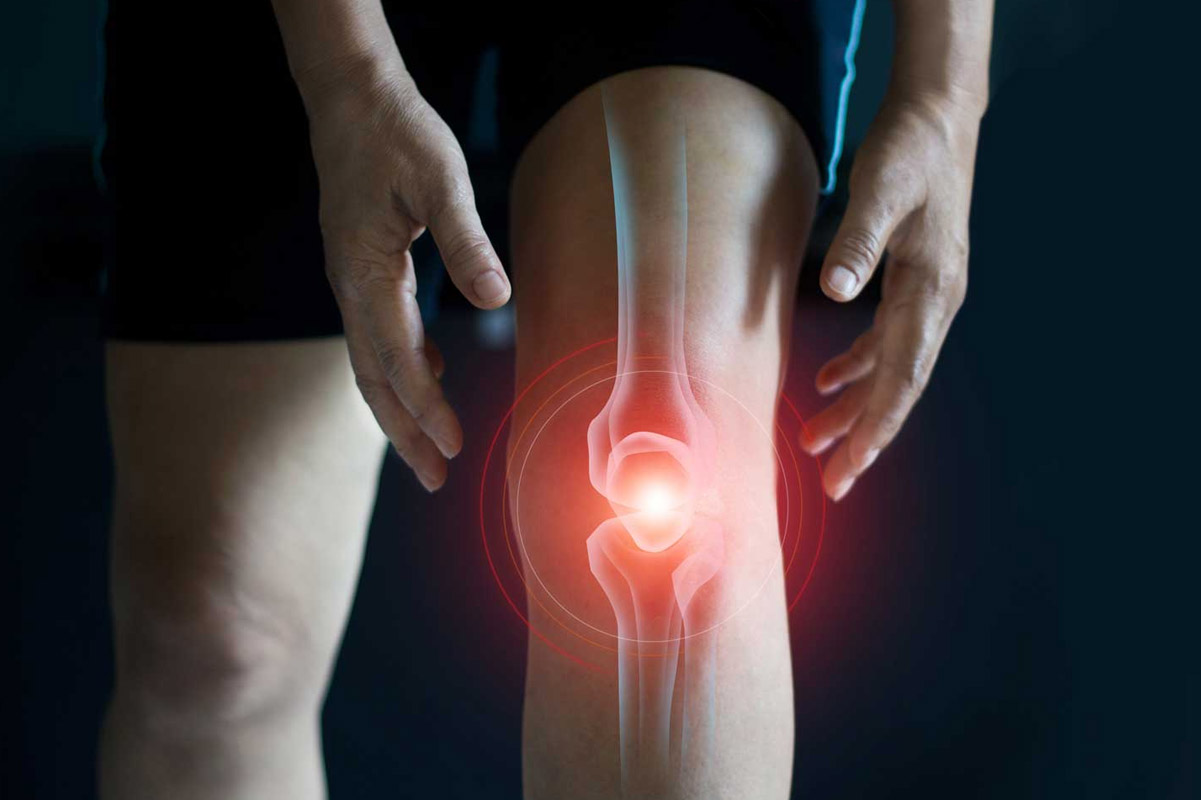
What You Should Know about Chronic Obstructive Pulmonary Disease
By Dr. Deepak Prajapat in Pulmonology, Respiratory & Sleep Medicine
Nov 27, 2020
This is corona pandemic time, in which people are developing lung manifestations and fewer has developed respiratory failure. On the top of it, air pollution is increasing day by day specially in NCR region. Post Diwali ,Air quality index (AQI) has crossed 900 mark. Not only fire crackers but various other sources including burning of paddy fields (paraali burn), diesel generators, power plants, waste burn, construction sites, vehicular and industrial smoke have contributed to poor air quality. Air pollution carries various hazardous gases and particles including carbon monoxide, carbon dioxide, sulphur dioxide, particulate matter etc. Particulate matter including particles of large (PM10) and small size(PM2.5). PM10 restricted to pharynx and upper airway but do not reach the lungs, thus causing no harm to lungs. But PM2.5 are small fine particles that can easily reach the lungs and causes inflammation of airways. Also, it leads to damage of lung parenchyma.
Constant exposure to air pollution can be a cause of multiple pulmonary diseases like – COPD, Asthma, Interstitial lung disease(ILD) and Lung Cancer. Apart from lungs these toxic gases and particles can be a cause of various skin manifestations and cardiac manifestations. But the most common manifestation is COPD (Chronic obstructive pulmonary disease or “kala dama” in common Hindi language). COPD is mainly caused by smoking, therefore it is considered as smokers disease either active or passive smoke.
But these days in NCR everyone inhales polluted air which is equivalent to an active smoker, because inhaling such polluted air is equivalent to inhaling smoke of approximately 11 cigarette per day. Therefore, everyone is at much higher risk of developing COPD in near future if air quality will remain that bad. Most common symptoms of COPD include cough, sputum production, chest tightness, chest pain, breathlessness and whistling sound on breathing. COPD is not only a disease of lungs but it can also involve various other systems of body including cardiac, gastric, musculoskeletal and nervous system. COPD has two phenotypes Chronic bronchitis and Emphysema. Those people who already suffering from COPD, this bad quality of air might lead to exacerbation or worsening of symptom and some of them might require hospitalization. COPD is the second most common disease after cardiovascular diseases all across globe.
Every year because of pollution number of COPD visits, hospitalization and mortality is increasing, therefore we need to be more cautious since this year Covid 19 and pollution are two big hurdles we are facing. Following are the preventive steps recommended to save ourselves from COVID and COPD:
- Wearing mask whenever go outside of home
- Avoid morning and evening walk
- Avoid outdoor activities
- Dietery modification (High protein diet, green leafy vegetables, dry fruits, nuts, pulses, citrus fruits, carrot etc.)
- If possible use air purifier
- For COPD patients its essential to take their inhalers and medication on time as advised by their doctor
- Smoking cessation
If a person have any symptom or is diagnosed case, then he needs proper evaluation to asses severity of disease. In proper evaluation chest xray/CTchest, routine blood investigation, eosinophill counts, pulmonary function test, walk test, respiratory muscle pressure, bone scan and 2D-ECHO are included. In treatment part we have pharmacological measures which include dual bronchodilator therapy in form of inhalers/nebulizer, methylxanthines, PDE4 inhibitors, calcium, antioxidant supplements, mucolytics and other supportive measures. In non pharmacological measures Smoking cessation, Pulmonary rehabilitation and vaccination are included. Pulmonary rehabilitation program includes exercise training, psychological counseling, behaviour therapy, nutritional therapy and it is very effective strategy to improve overall quality of life in COPD and other respiratory diseases. In patients of advanced COPD domicilliary oxygen, non invasive ventilation and in selected cases surgery are also considered as an option. As technology is evolving now we have some latest techniques to treat advanced COPD without any surgery through bronchoscopic intervention technique including use of coils, valves, thermal vapors etc. Lung transplant is also an option for much advanced cases who have very poor lung capacity with very poor quality of life already on oxygen and NIV support. In the last 10 years the results of lung transplant improved significantly.







